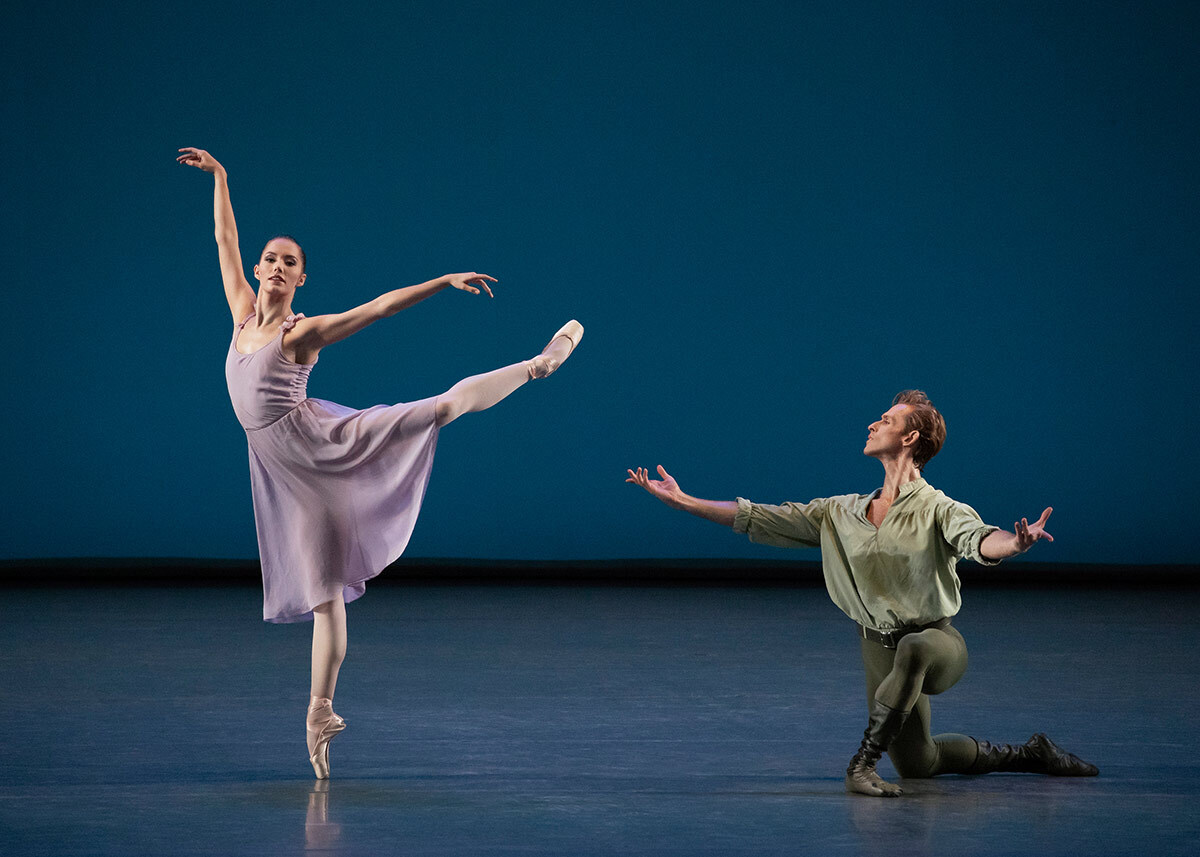The Scandalous Origins Of France’s Most Infamous Dance

Have you ever wondered about the origins of the Can-Can dance? This high-energy, leg-kicking dance has a history as colorful as its costumes. Born in the dance halls of Paris during the 19th century, the Can-Can was initially considered scandalous and even banned in some places. Dancers, often women, performed with wild abandon, lifting their skirts and showing off their petticoats, which was quite shocking for the time. Despite its controversial beginnings, the Can-Can quickly gained popularity and became a symbol of the lively Parisian nightlife. Today, it remains a beloved part of French culture, celebrated in shows and performances worldwide.
The Birthplace of the Can-Can
The Can-Can dance, known for its high kicks and racy moves, originated in the vibrant city of Paris. This dance has a rich history that is both fascinating and scandalous. Let's explore the key places that played a significant role in the birth and rise of this iconic dance.
- Moulin Rouge
Moulin Rouge, the most famous cabaret in Paris, opened its doors in 1889. Located in the Montmartre district, it quickly became the epicenter of the Can-Can craze. Dancers here pushed boundaries with their daring performances, captivating audiences and shocking the more conservative members of society.
- Bal du Moulin de la Galette
Another hotspot in Montmartre, Bal du Moulin de la Galette, was a popular dance hall where Parisians gathered to enjoy music and dance. This venue was known for its lively atmosphere and played a crucial role in popularizing the Can-Can among the working class.
The Evolution of the Dance
As the Can-Can gained popularity, it evolved into a more structured and theatrical performance. Several key locations contributed to this transformation, making the dance even more scandalous and entertaining.
- Folies Bergère
Folies Bergère, a renowned music hall in Paris, embraced the Can-Can and elevated it to new heights. The dancers here incorporated acrobatics and elaborate costumes, turning the Can-Can into a spectacle that drew huge crowds and international attention.
- Le Chat Noir
Le Chat Noir, a famous cabaret in the bohemian Montmartre district, was a hub for artists and performers. The Can-Can dancers at Le Chat Noir were known for their provocative routines, which often included satirical and political elements, adding a layer of controversy to the dance.
The Spread of the Can-Can
The Can-Can didn't remain confined to Paris. It spread across France and beyond, influencing dance and entertainment in various regions. Here are some notable places where the Can-Can left its mark.
- Casino de Paris
Casino de Paris, another iconic venue in the French capital, played a significant role in spreading the Can-Can's popularity. The extravagant shows here attracted tourists and locals alike, helping to cement the dance's place in French culture.
- Le Lido
Le Lido, located on the Champs-Élysées, became famous for its lavish productions and glamorous Can-Can performances. This venue helped introduce the dance to a broader audience, including international visitors who took the Can-Can back to their own countries.
The Legacy of the Can-Can
The Can-Can's influence can still be seen today in various forms of entertainment. Its legacy lives on in modern dance and theater, continuing to captivate audiences with its energy and daring spirit.
- Crazy Horse
Crazy Horse, a contemporary cabaret in Paris, pays homage to the Can-Can with its sensual and artistic performances. The dancers here blend traditional Can-Can moves with modern choreography, keeping the spirit of the dance alive for new generations.
- Moulin Rouge Today
Moulin Rouge remains a symbol of the Can-Can's enduring legacy. Visitors from around the world flock to this historic venue to witness the spectacular shows that continue to celebrate the dance's scandalous origins and vibrant history.
The Legacy of the Can-Can
The Can-Can dance, with its high kicks and ruffled skirts, has left a lasting mark on French culture. Born in the dance halls of 19th-century Paris, it quickly became a symbol of rebellion and freedom. The dance challenged social norms, offering a glimpse into a world where women could express themselves boldly. Today, the Can-Can remains a beloved part of cabaret shows and theater productions worldwide. Its influence can be seen in everything from Broadway musicals to Hollywood films. The Can-Can's journey from scandalous beginnings to cultural icon shows how art can push boundaries and inspire change. Next time you see a Can-Can performance, remember its rich history and the impact it has had on the world of dance and beyond.

